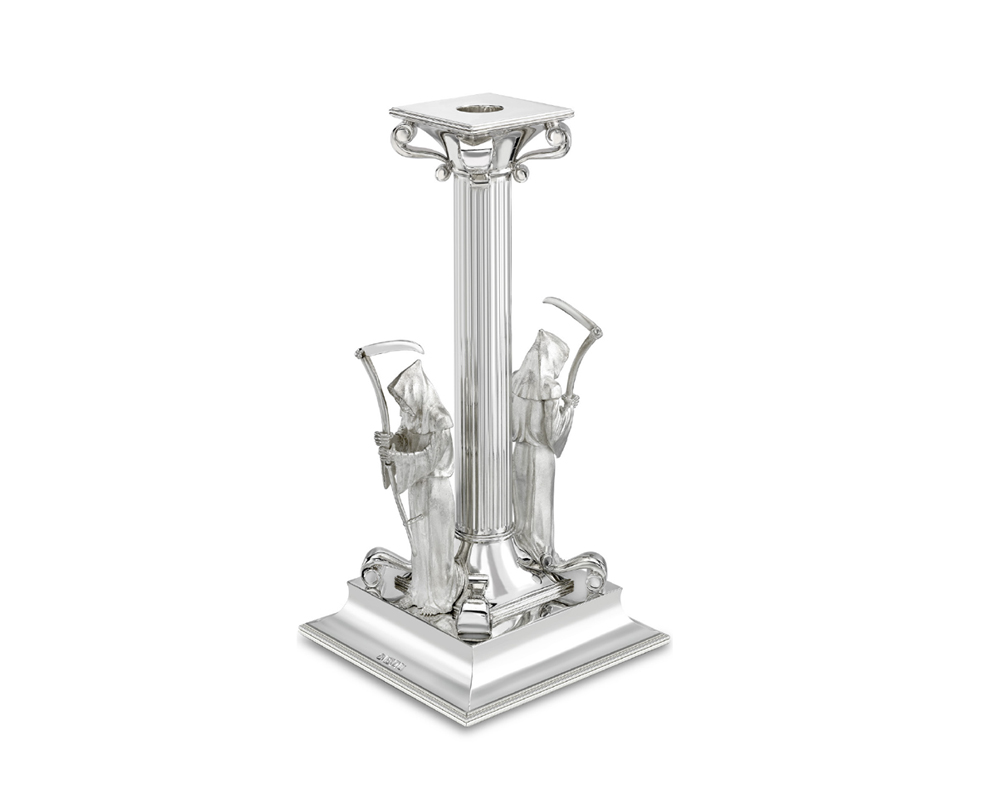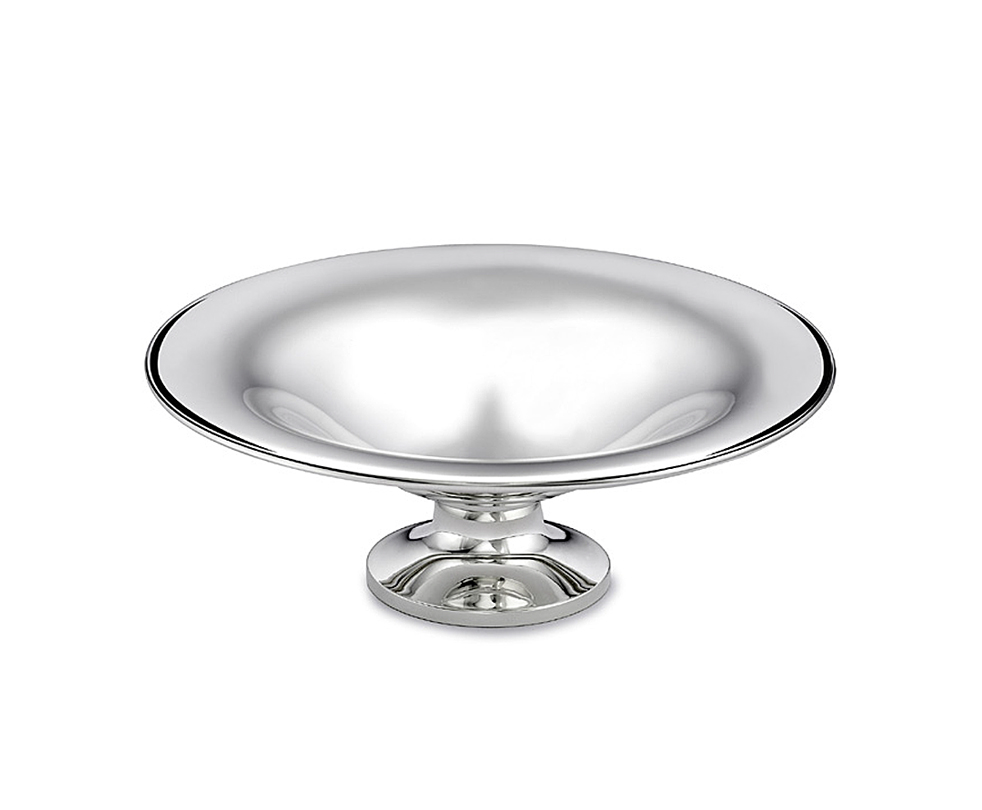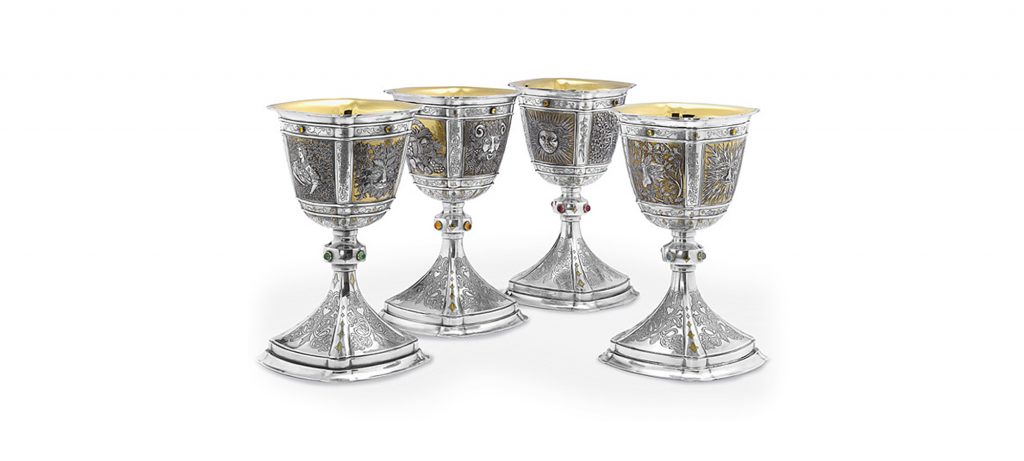Silversmithing
Silver comes into its own when used by silversmiths, some of whom have attained the reputation of great artists in their own right. It is still one of the great areas of traditional craftsmanship and artistry and London is, without doubt, its center of excellence. There are various types of silver-ware and techniques used to make it, amongst which, traditionally are:
Hollow-ware – Refers to silver that is hollow, so teapots and trophies, tankards and bowls.
Flat-ware – Mainly cutlery and serving tools.
Casting – The rendering of a model (often made in wax) into metal by pouring molten metal into a mould.
Spinning – Making a bowl shape by spinning a metal disc using a variation of the technique used by a potter.
Hand Raising – Beating sheet silver into a shape by using tools and human strength to manipulate the metal into the required form.
Repousse – Sometimes referred to as Chasing. Hammering the sheet metal from behind to produce a raised pattern or shape.
Chasing – As above but, more widely, a variation of engraving used to get a specific finish, say the coat of an animal, or image, Normally by cutting into the metal.
Planishing – Hitting the metal with a hammer to get a shape, and surface effect of mottled appearance.
Forging – As a blacksmith would do except with more subtlety in silver!
Stamping – Would be used to make a coin or anything that required the same, shallow image, repeated many times.
Piercing – Cutting out a pattern or hole from a piece of metal.
There are many more techniques, some arcane and others not often used.







